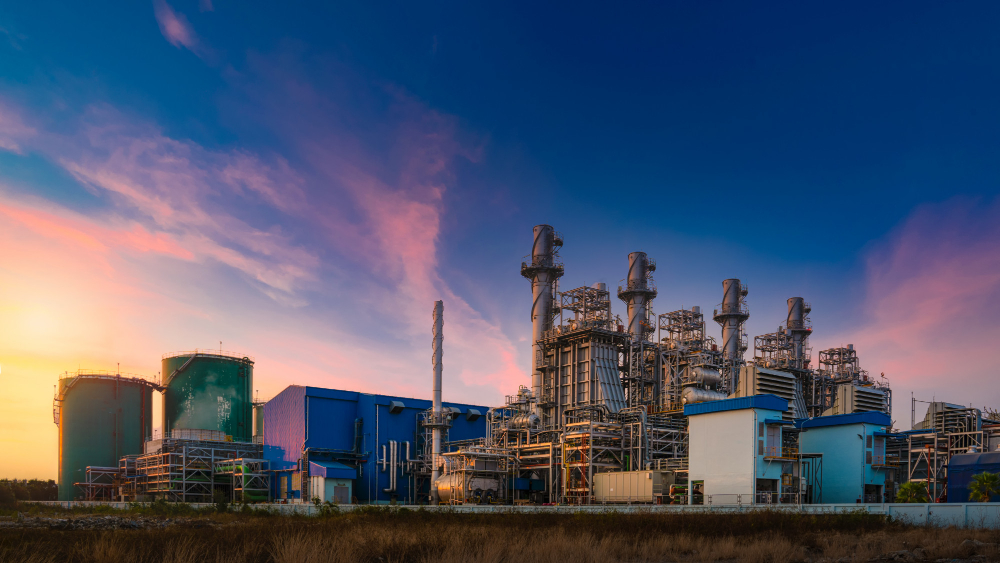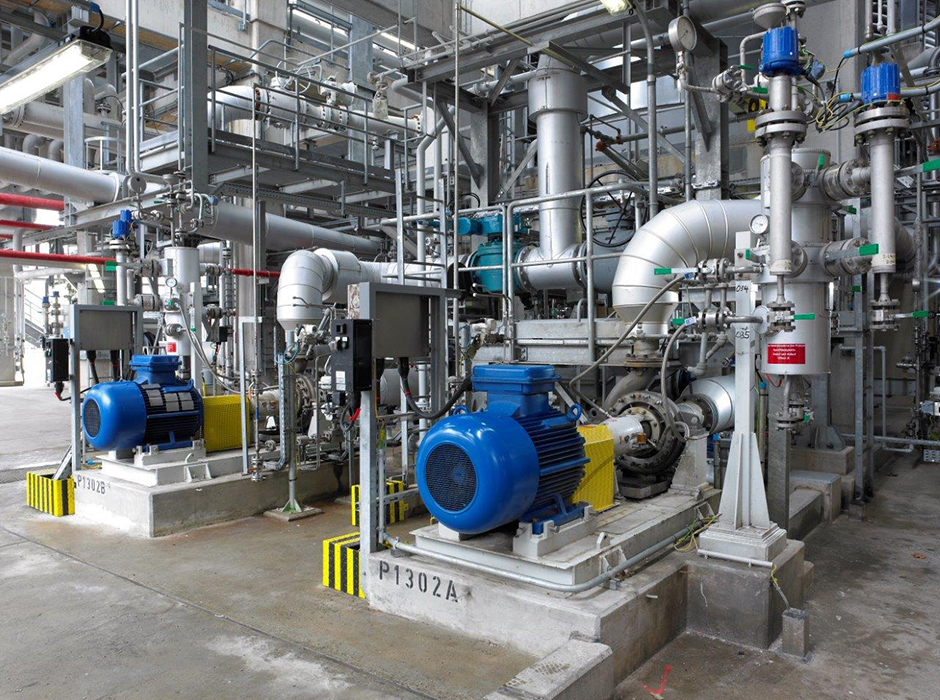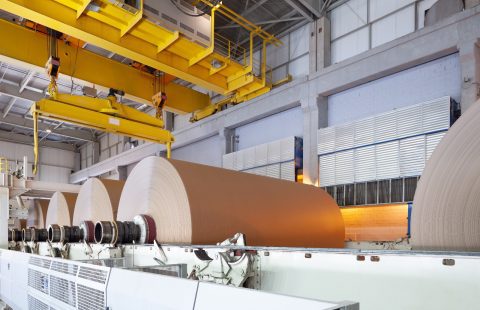
Predictive Maintenance in the Chemical Industry
Predictive maintenance is a proactive approach to maintaining and preserving equipment by using data and technology to predict when maintenance is needed before a breakdown occurs. This method is becoming increasingly important in the chemical industry, where unplanned downtime can cause costly disruptions and put the safety of workers at risk.
This method allows companies to schedule maintenance during planned downtime, minimizing the impact on production and increasing overall efficiency. So, today, we will explore the benefits of predictive maintenance in the chemical industry, the techniques used, and provide insights on how to successfully implement predictive maintenance in a chemical company.
Benefits of Predictive Maintenance in the Chemical Industry
Predictive maintenance has been found to offer several key benefits in the chemical industry. These benefits include:
Reduced Downtime
One of the most significant benefits of predictive maintenance is the reduction of unplanned downtime. By using data and technology to predict when maintenance is needed, companies can schedule it during planned downtime, minimizing the impact on production and increasing overall efficiency. This can lead to significant cost savings and increased productivity.
Increased Efficiency
Predictive maintenance allows companies to identify and address potential problems before they occur, reducing the need for emergency repairs and allowing for more efficient use of resources. This can result in a more streamlined maintenance process, leading to increased efficiency and productivity.
Cost Savings
Predictive maintenance can help companies save money in several ways. By reducing unplanned downtime, companies can avoid costly production losses. Additionally, by identifying and addressing potential problems before they occur, companies can avoid expensive emergency repairs. Predictive maintenance can also help companies extend the life of their equipment, further reducing costs.

Improved Safety
Predictive maintenance can help improve the safety of workers by identifying and addressing potential hazards before they occur. This can include identifying potential equipment failures that could lead to accidents or identifying potential safety risks in the facility. Predictive maintenance can also help companies ensure that equipment is operating at optimal levels, reducing the risk of fires, explosions, or other hazards.
Predictive Maintenance Techniques
Predictive maintenance utilizes several techniques to predict and prevent equipment failure before it occurs. Each technique has its own advantages and disadvantages, so companies need to evaluate their needs, budget, and equipment to choose the correct method for their specific application. Here’s a quick list of the most common predictive maintenance measures:
- Vibration Analysis
- Thermography
- Oil Analysis
- Ultrasound
- Motor Current Signature Analysis (MCSA)
- Model Based Fault Detection (MBFD) Analysis

Implementing Predictive Maintenance in the Chemical Industry
Implementing predictive maintenance in a chemical company requires a combination of the right techniques, personnel, and data analysis. Companies need to have a team of trained personnel to implement, monitor and analyze the data generated by predictive maintenance techniques. Yet, they also need to establish a maintenance schedule based on the data generated by predictive maintenance techniques, as well as the needs of the equipment and the production schedule.
Predictive maintenance is becoming increasingly important in the chemical sector, where equipment failure can result in costly downtime, safety hazards, and environmental damage. By using data analytics and machine learning techniques, predictive maintenance can help identify potential equipment issues before they become critical.

For example, in the chemical sector, equipment such as feed pumps, cryogenic pumps, belt conveyors, mixers, air handling units (AHUs), and compressors can benefit from predictive maintenance. By monitoring factors such as temperature, vibration, and pressure, maintenance teams can detect early signs of wear and tear or potential malfunctions.
Improve Pump Operation thanks to Real Time Data
Artesis offers a real-time performance IoT solution that enables you to detect and correct any deviations of your pump’s operation from the curve, preventing potentially disastrous consequences such as silent cavitation, recirculation, and seal leakage. By leveraging the historical data of your pump, the solution identifies opportunities for process improvements that can help you enhance its performance and energy efficiency in the long term. Moreover, our support team provides you with regular insight reports to help you maximize the benefits of this feature. Thanks to Artesis’s IoT solution, you can proactively maintain your pump’s health and achieve optimal performance while minimizing the risk of downtime and costly repairs.
Final Thoughts
Ultimately, the chemical industry is a critical sector for many economies and societies, and predictive maintenance can help companies to operate more efficiently, safely, and sustainably. By adopting predictive maintenance, chemical companies can improve production, safety, and cost savings, creating a win-win situation for both the company and the industry.
With the right approach and resources, predictive maintenance can help companies to minimize downtime, increase efficiency, and ensure that their equipment is operating at optimal levels, resulting in a more profitable and sustainable operation.



